Category: Equipment
-
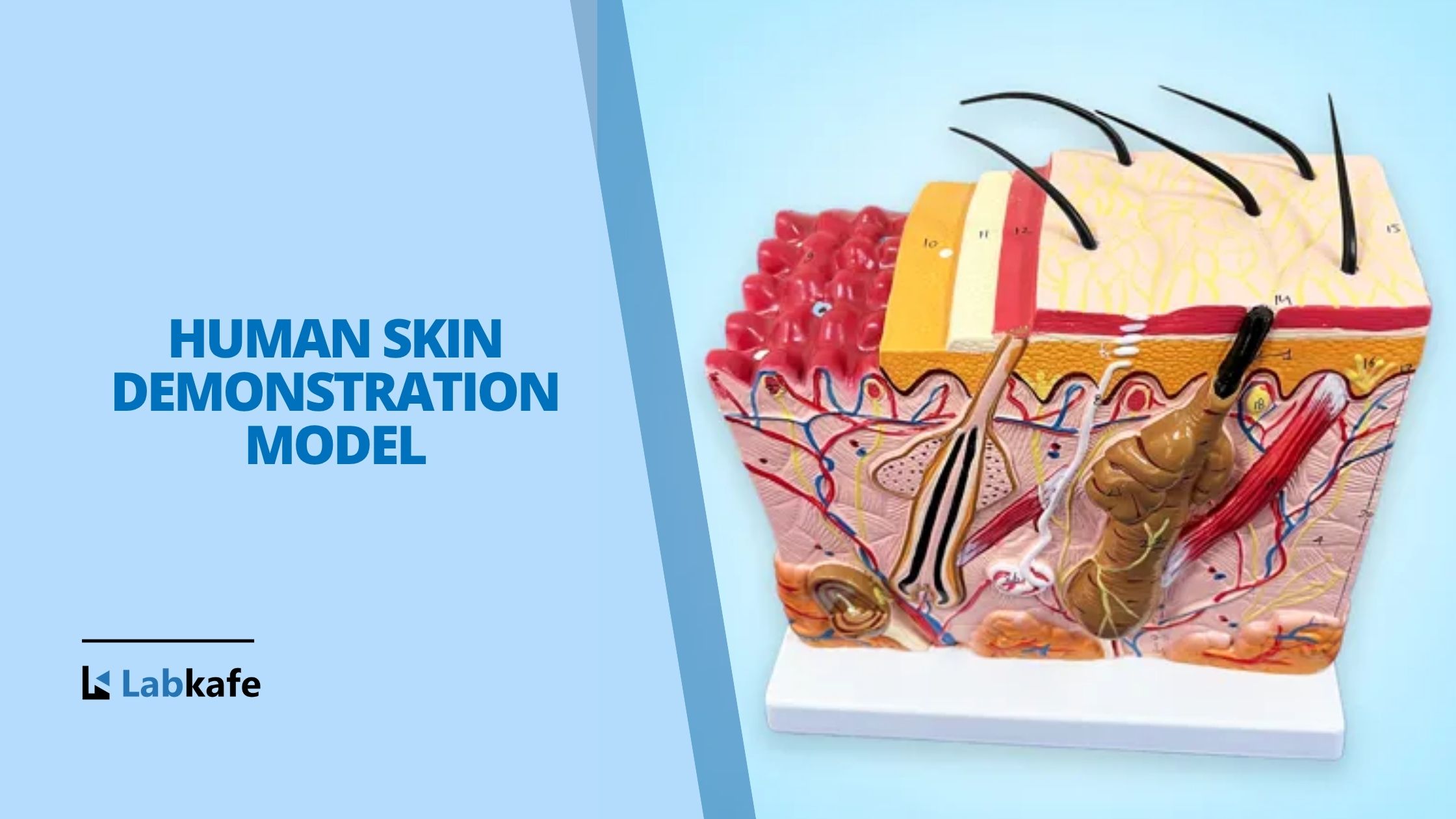
Understanding Human Skin: Discover layers with Labkafe’s Skin Model
Table of contents Introduction The skin is a complex, multi-layered, and the largest organ in the body, covering the external surface of the human body. It plays a crucial role in regulation, sensory, and defense. There are three layers of the human skin model that have different anatomical and structural functions. Understanding the anatomical structure…
-

What is a Biological Safety Cabinet?
Biological safety cabinets are used in laboratories to prevent the spread of infectious agents or aerosols that may be released while handling infected or virulent samples. They filter a portion of the air using HEPA filters and recirculate clean air back into the lab. These cabinets also direct a HEPA-filtered airflow onto the sample, keeping…
-

How to Use a Biological Safety Cabinet: 5 Step Guide
A biological safety cabinet (BSC) is critical for protecting personnel, products, and the environment from airborne contaminants. Proper operation is paramount to prevent sample contamination, maintain culture integrity, and ensure the long-term effectiveness of the BSC itself. How to Use a Biological Safety Cabinet? Biological safety cabinets (BSCs) need to be operated in a certain…
-

Top 10 Renewable Energy Models for Science Projects in 2025
10 Renewable Energy Working Models for School Projects & Teaching Demonstrations Renewable energy is the talk of the town ever since we learnt that global warming destroys the planet. But how many of us actually know what renewable energy is? We learn about solar, hydro, and wind power in class textbooks. But never visit a…
-

Nuclear Reactor Model for Teaching School Demonstrations
What is the Principle of a Nuclear Reactor Model? A nuclear reactor model demonstrates how a nuclear reactor controls the process of nuclear fission to generate heat. This heat converts water into steam, which then spins a turbine connected to a generator. As the turbine rotates, it produces electricity. This rotation of the turbine is…
-

Hydropower Model: DIY Working Mini Hydroelectric Dam
Hydropower Models: Demonstrate Hydroelectricity Without a Field Trip What is Hydroelectric Power? Hydroelectric power, hydropower or hydroelectricity are synonymous, and represent the untapped energy contained within flowing water. This is in case of naturally flowing water found in streams, rivers and waterfalls. The hydropower model allows us to visualize this, as we will see shortly. How…
-

Windmill Model: Best Demonstration Kit for School Projects
Working Windmill Model for School Demonstration Projects If you need a working windmill demonstration model for a school project, this ready-to-use version is the perfect solution. Many students often struggle to make a proper windmill model on their own. Cutting cardboard and building DIY setups can take a lot of time and may not work…
-
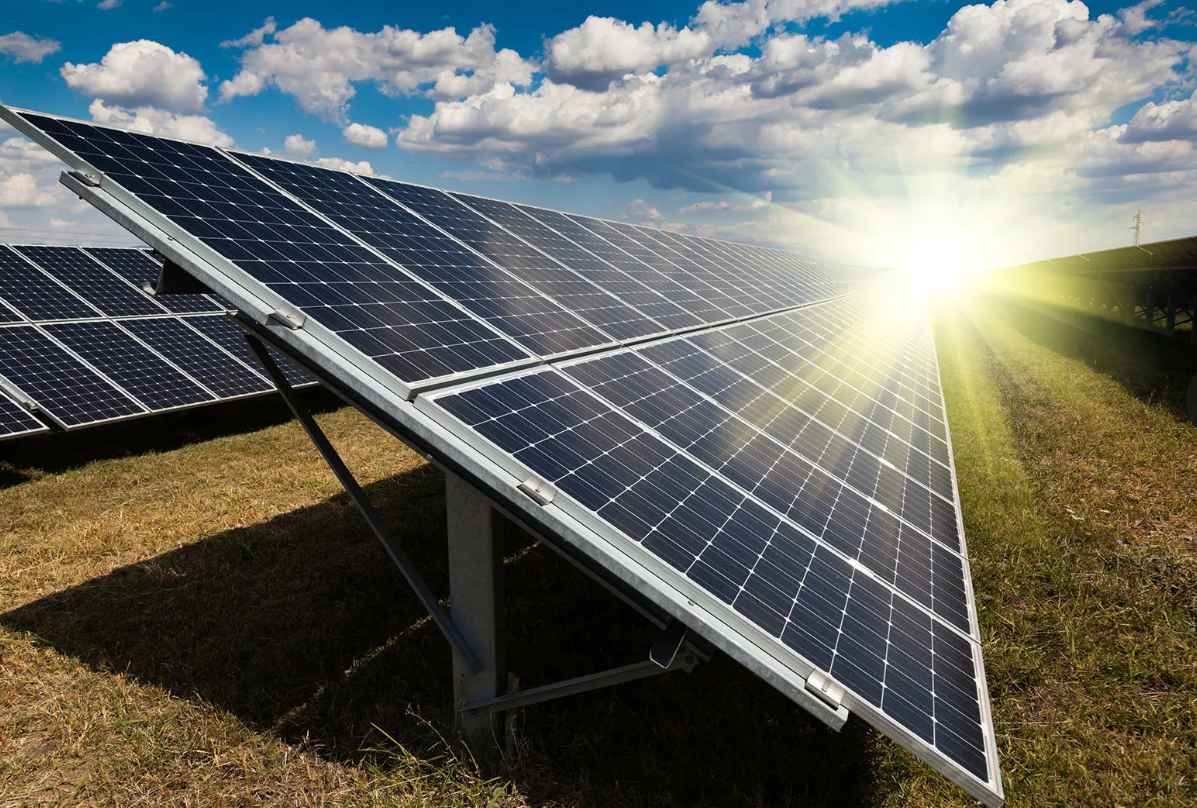
Solar Demonstration Models: 5 Best Kits for Classes 6 to 10
The Sun produces solar energy. In such large amounts, that we could solve the world’s energy demand with it. Man harvests, stores and transforms solar energy for so many uses. Our solar demonstration models will teach you how. What is Solar Energy? Solar energy is the energy that the sun radiates. It travels towards the…
-
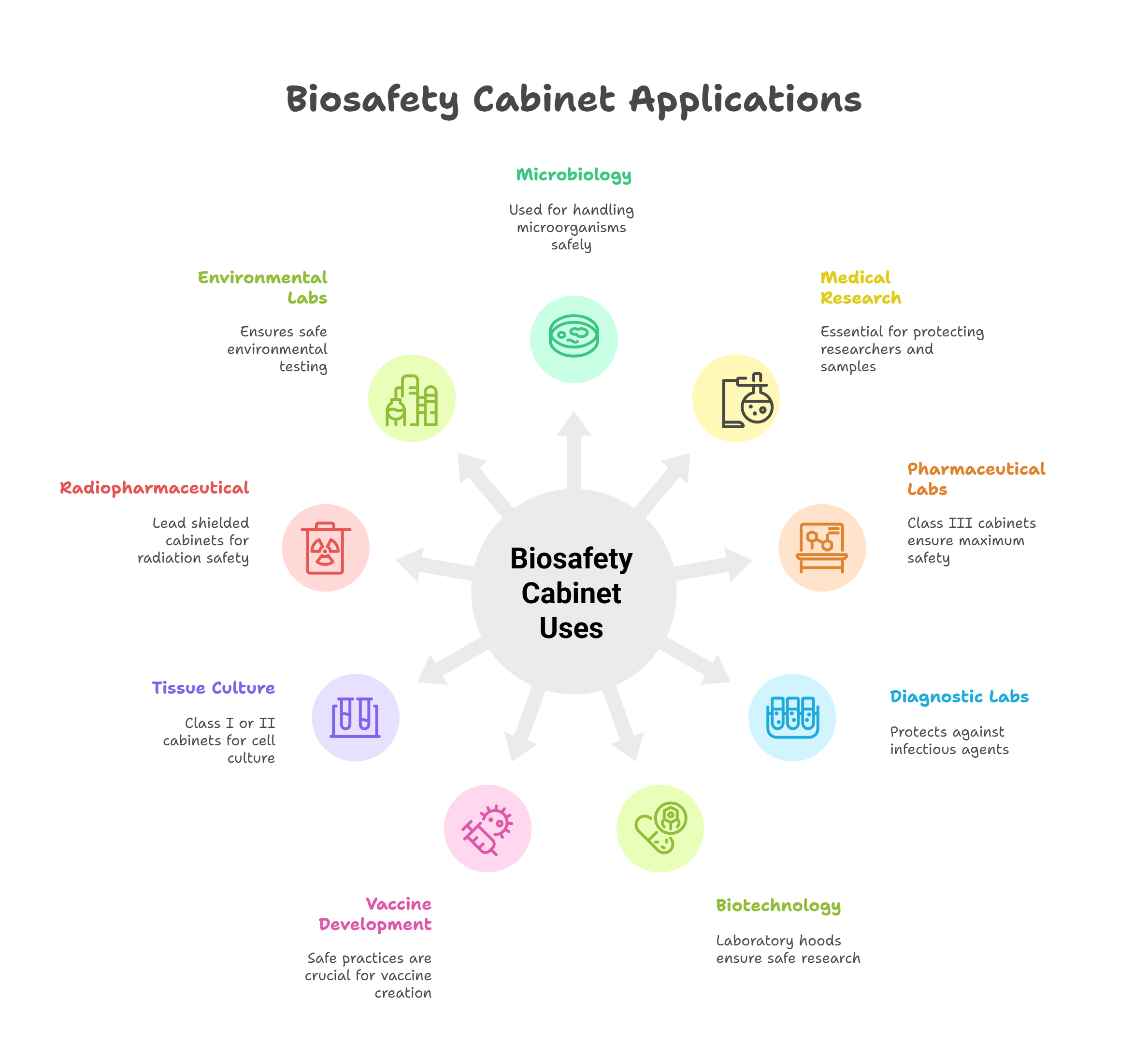
Top Biosafety Cabinet Uses in Modern Laboratories
Biosafety cabinet uses in Microbiology, Medical Research, Pharmaceutical Laboratories, Diagnostic Laboratories, Biotechnology, Vaccine Development, Tissue Culture, Radiopharmaceuticals and Environmental Science are diverse. Let’s explore the various use cases and understand if you need a biosafety cabinet to perform your lab work safely. Types of Biosafety Cabinets Biosafety Cabinet (BSC) Class I BSC Class II BSC…
-
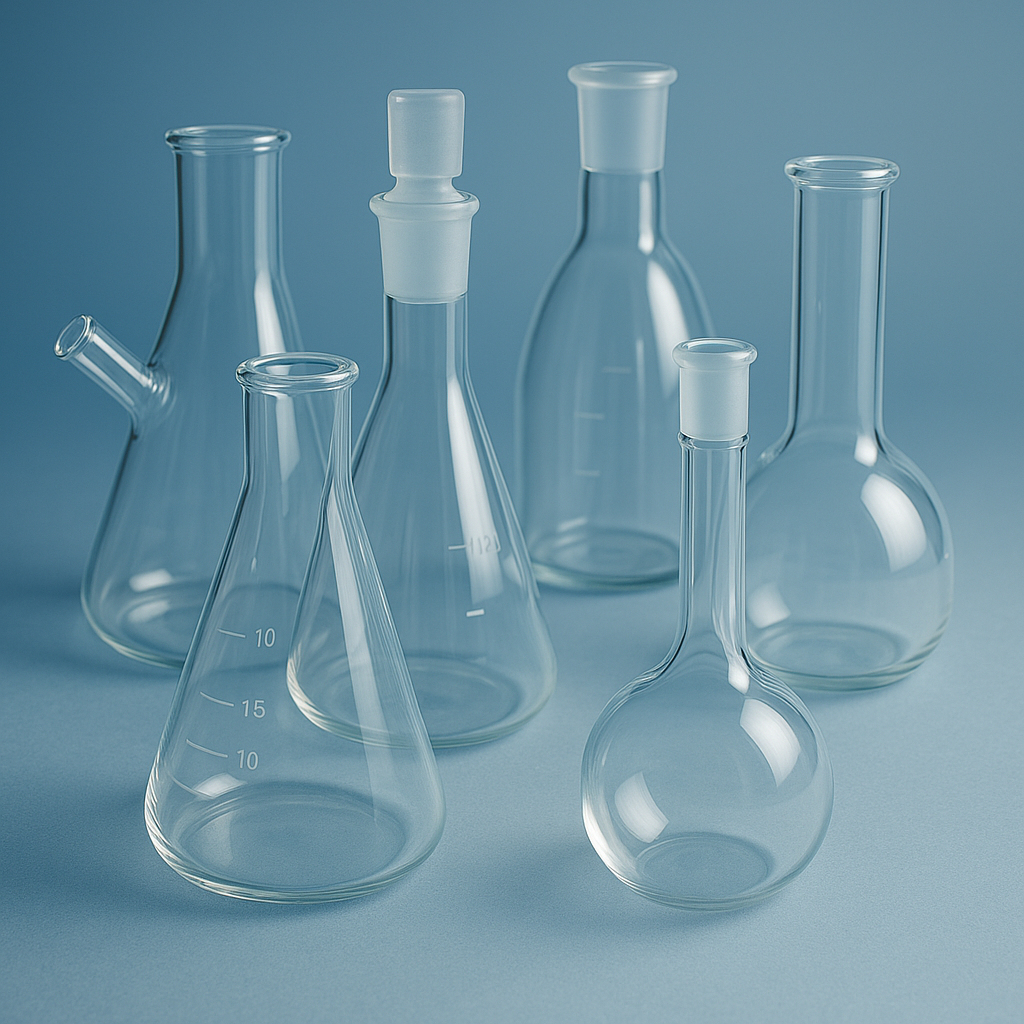
6 Types of Chemistry Lab Flasks
The various types of chemistry lab flasks available today can be confusing to choose from. However, specific experiments and laboratory procedures require specific types of flasks. Choosing the wrong one can lead to wasted resources, unsafe conditions, or poor experimental results. This guide will walk you through the different types of chemistry lab flasks, their…
-
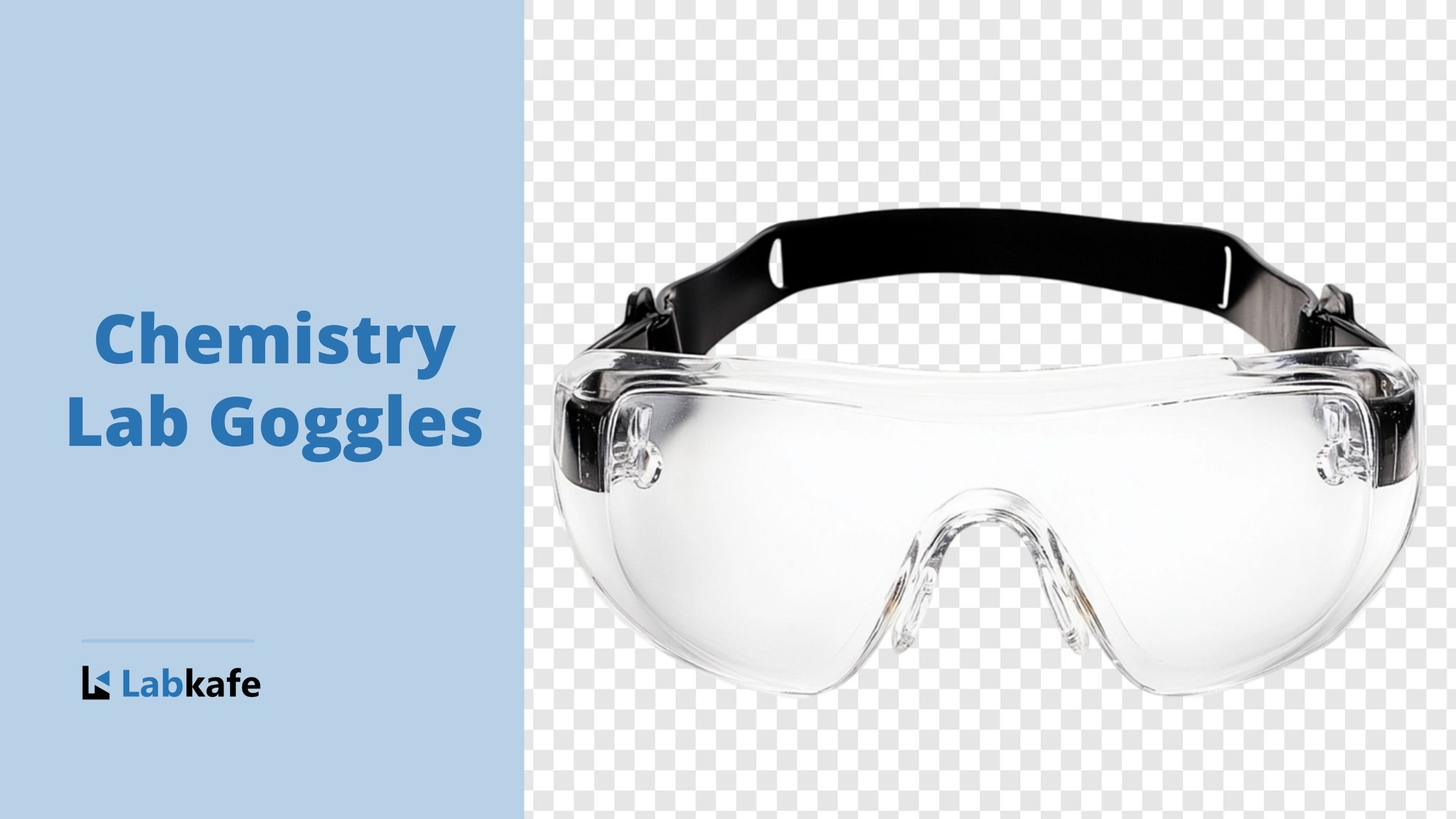
Do You Really Need Chemistry Lab Goggles?
Chemistry lab goggles are essential for protecting your eyes during experiments. They form a tight seal around your eyes and prevent harmful chemicals, splashes, vapors, fumes, or mists from entering. But do you always need to wear them? The short answer is it depends. Some experiments involve low-risk materials where regular safety glasses are enough.…
-
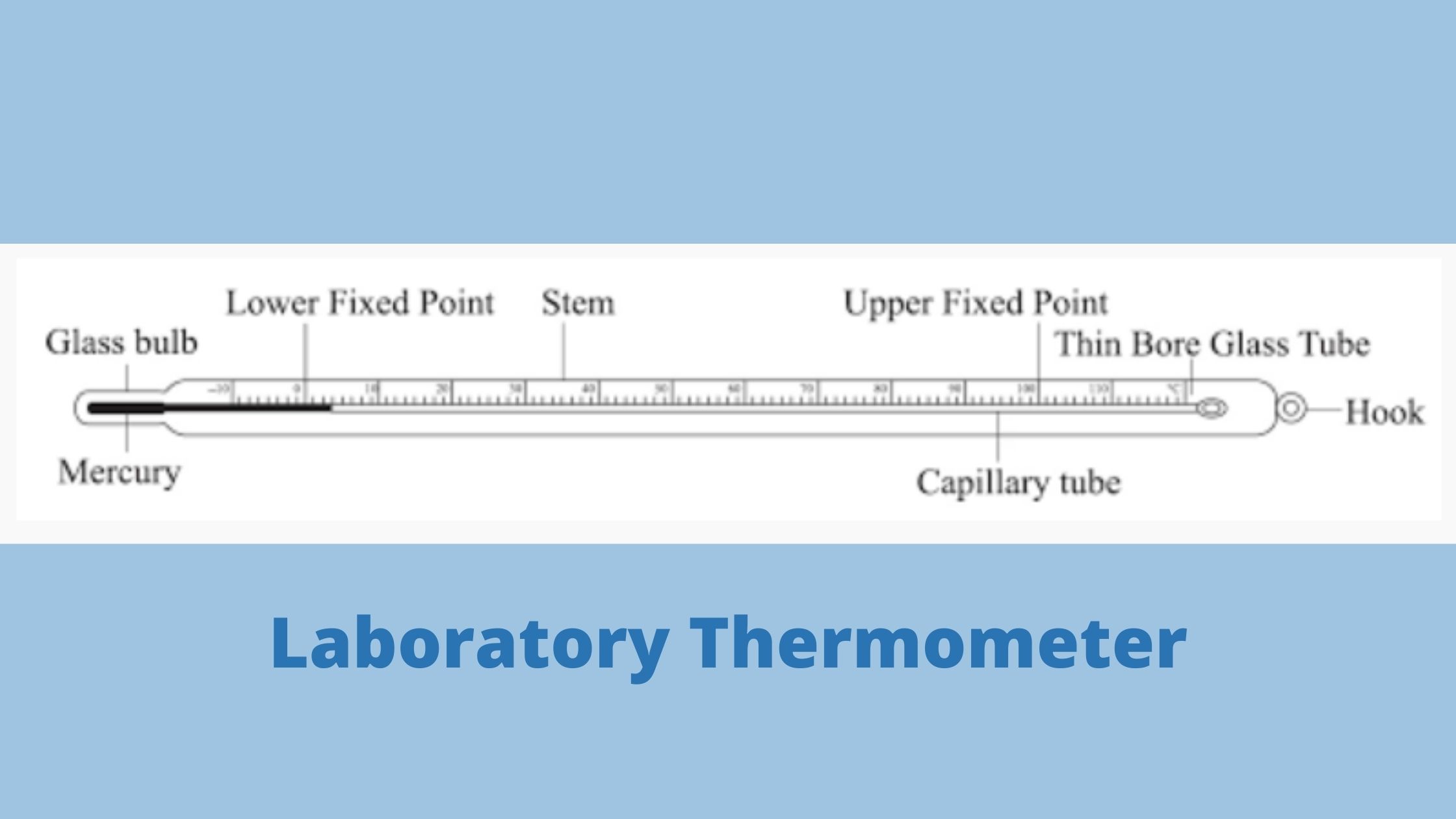
Laboratory Thermometer: Diagram, Range, and Functions Explained
Confused how to draw lab thermometers or why we need them? Read along for detailed diagrams and explanation of uses, range, functions and working of lab thermometer. PS: After reading this, you won’t get confused between a lab and clinical thermometer ever. Laboratory Thermometer Diagram Definition of Laboratory Thermometer Laboratory thermometers measure the temperature of…
-
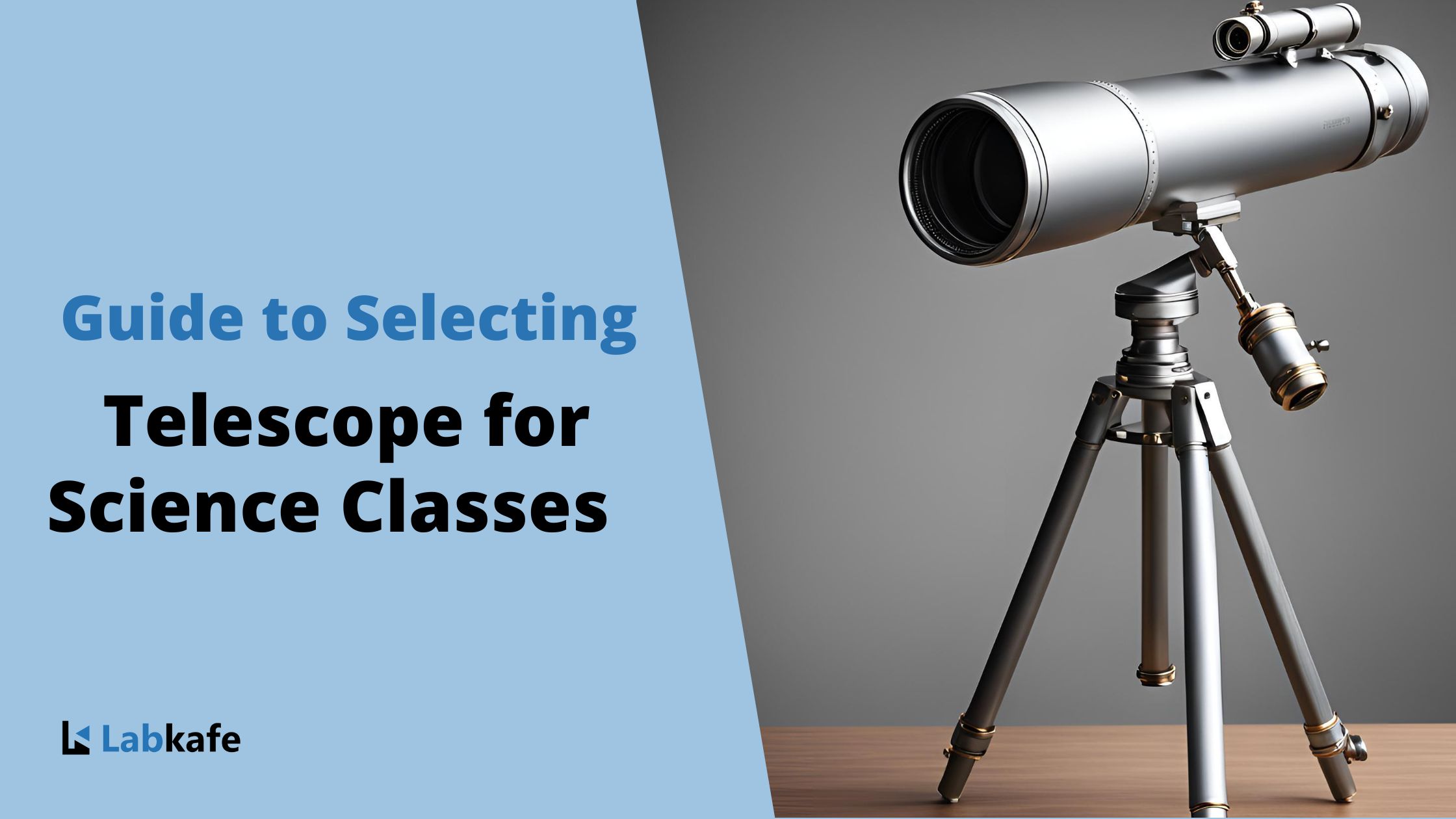
Guide to Selecting a Telescope for Science Classes
Find the right telescope for your science classes. This is a complete guide to the right telescope for your school. Browse the different models that are available and choose the one that suits you! What is a telescope? A telescope is an optical device used to observe objects at great distances, such as celestial bodies…
-
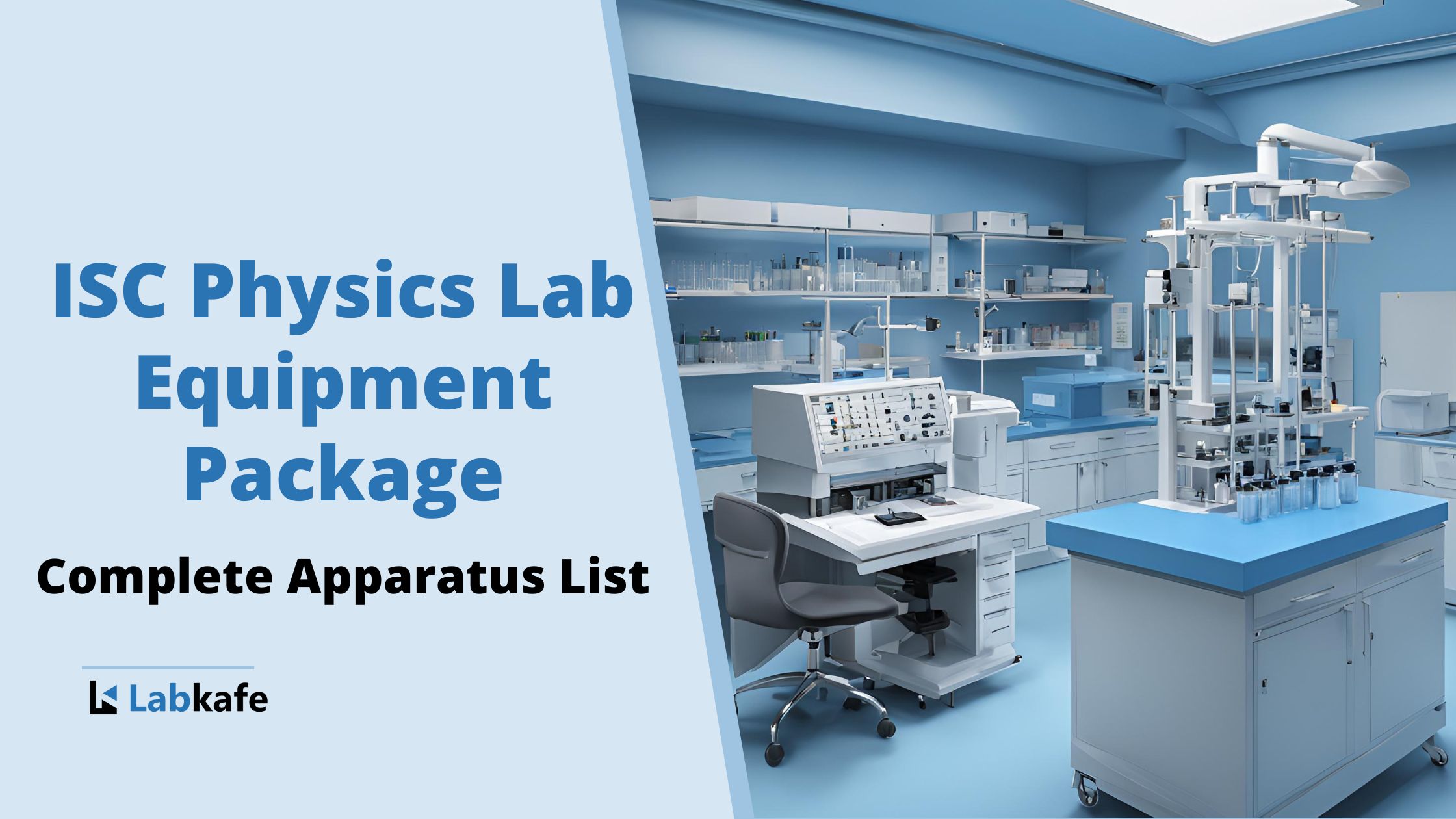
ISC Physics Lab Equipment Package- Complete Apparatus List
ISC Physics Lab Equipment Package is aligned to the ISC Physics practical exams that demand school labs to be equipped with durable and reliable lab equipment. This equipment must withstand daily use during practical classes and remain functional for board exams when students perform their final practical. To achieve this, only the best quality lab…
-
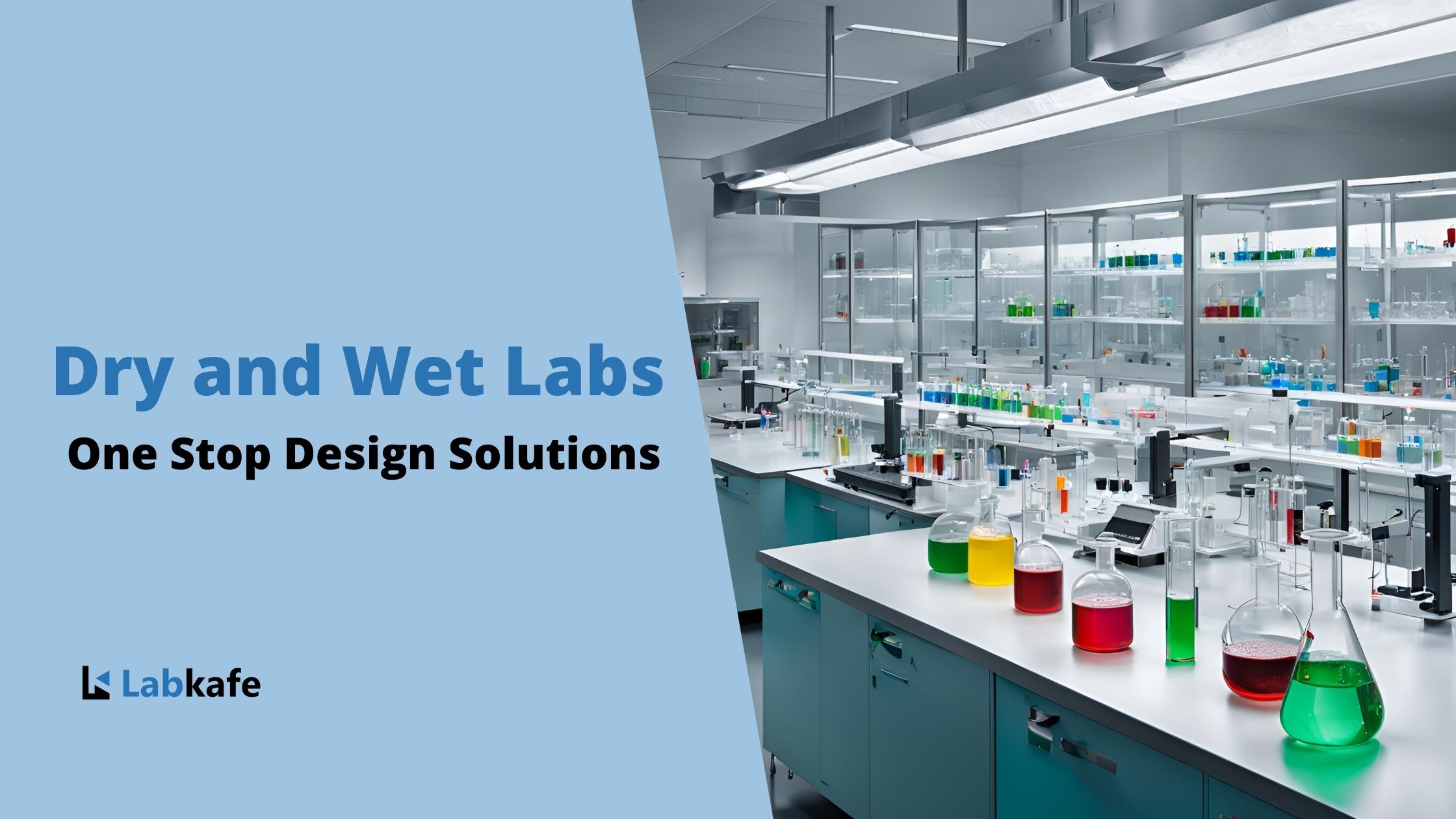
Wet Lab vs Dry Lab: 6 Key Differences
Dry Lab vs Wet Lab: While conventional scholars and workers believe in the well-established ethos of wet lab practices, revolutionary, cutting-edge dry lab techniques promise to eliminate multiple tiresome steps on the wet lab bench, making research simpler and more effective while saving time, resources, and manpower. Dry lab practices originated from the need to…